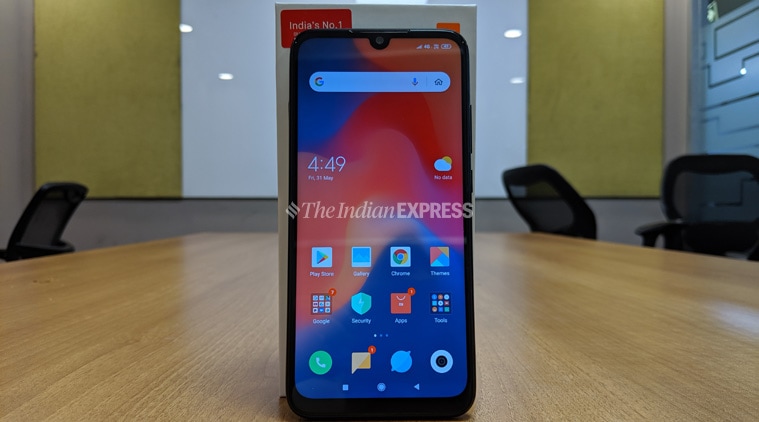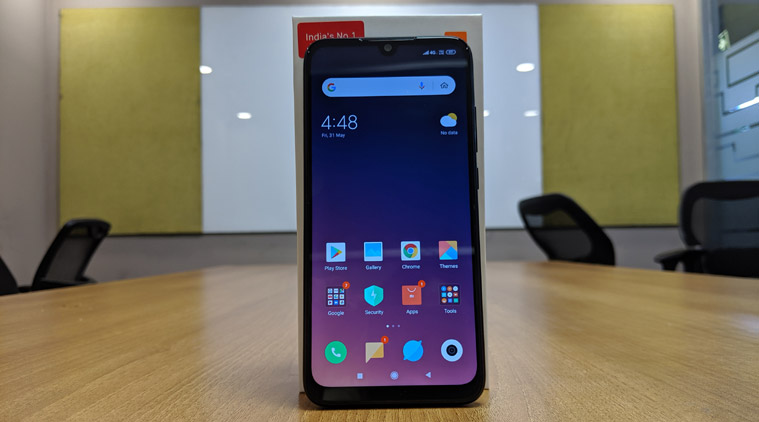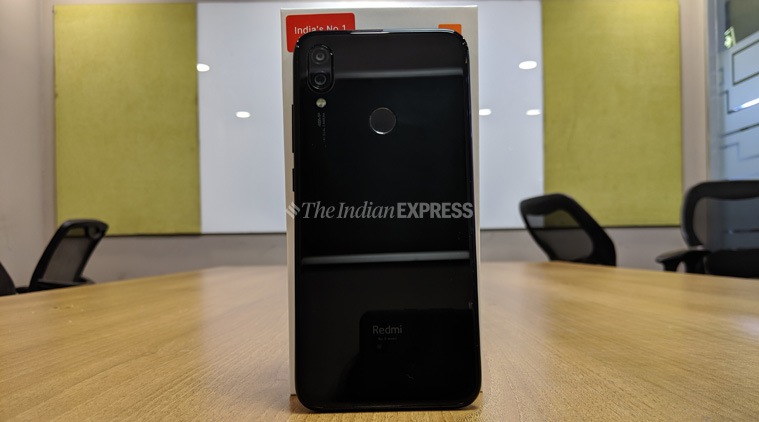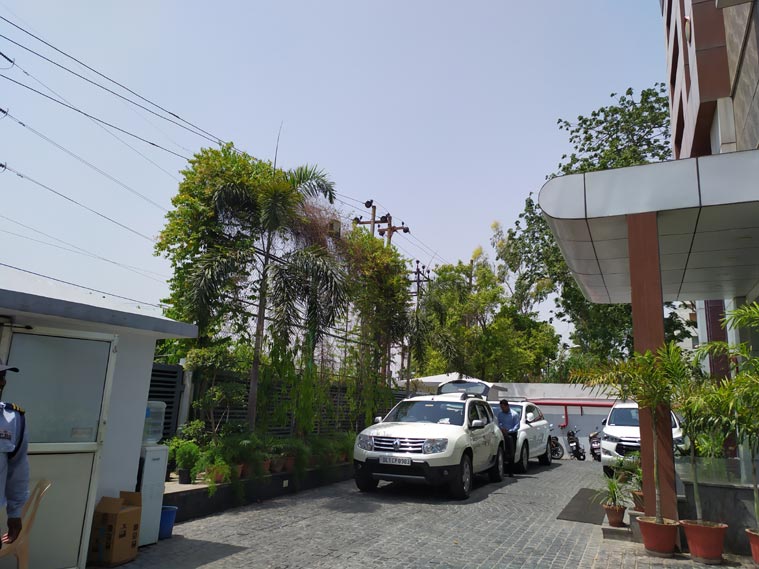
There’s another Redmi phone in the market, but this time it is likely causing confusion among potential customers. Redmi Note 7S is the latest device, and has a 48MP camera. So why the confusion? Because there was a Redmi Note 7 launched in March, with the same specifications except for the 48MP camera. The original Redmi Note 7 launched with a 12MP+5MP camera, and in just over three months, Redmi has upgraded the camera.
The new Redmi phone has another upgrade, where the price goes as the new phone starts at Rs 10,999 compared to Rs 9,999 price tag of the Redmi Note 7. We tested the new Redmi Note 7S and here’s what stood out in terms of performance.
Redmi Note 7S specifications: 6.3-inch FHD+ Dot Notch Display (2340×1080 resolution) | Qualcomm Snapdragon 660 octa-core processor clocked at 2.2GHz | 3GB/4GB+32GB/64GB (expandable up to 256GB) | 48MP+5MP rear camera + 13MP front camera | 4000 mAh battery | MIUI 10 on Android 9
Redmi Note 7S price in India: Rs 10,999 (3GB), Rs 12,999 (4GB)
Redmi Note 7S review: What’s good?
The new phone’s design is similar to Redmi Note 7 and the 7 Pro and it looks very attractive for its price. The Redmi Note 7S has a rather prominent camera bump like the Redmi Note 7 Pro, and it does make one concerned about its safety.
The glass back looks nice, and this feels like a very sturdy device, easy to use with one-hand. My biggest complaint would be that both the front screen and the back get covered in smudges very quickly and you really need to go in hard to get the device back to squeaky clean. Given the glass body, I would recommend a strong case for the Redmi Note 7S.

Another feature about the Redmi Note 7S is that Xiaomi has kept the P2i coating to protect the phone against accidental splashes. Be warned, this does not mean the phone is waterproof.
The display on the Redmi Note 7S is 6.3-inches with full HD+ resolution. It is certainly good enough for the price with good colour reproduction and sharpness levels. Still, the problem of fingerprint smudges thanks to the glossy finish means that can make consuming content on this device a bit annoying.

In bright sunlight, the screen is too reflective and you cannot see anything. I had to crank the brightness to maximum to make text readable in such instances.
Redmi Note 7S continues with the Snapdragon 660 processor as seen on the regular variant of the device and we had the 4GB RAM option for review. For regular tasks like WhatsApp messages, phone calls, browsing content on Chrome or switching between various, the phone works seamlessly.
It scores 144,000 plus for us on Antutu, putting it below vivo v15 Pro and OPPO F11 Pro, according to the list. The standard performance that we have come to expect from Redmi Note devices is more or less maintained here. But when it came to gaming, I had some concerns.

The USP here is that Redmi Note 7S has a 48MP camera. But 48MP resolution is activated only in Pro settings, and you have to manually tap that option. Otherwise the camera shoots at 12MP in default, relying on 4-in-1 pixel binning. Shooting at 48MP means the picture should technically have more details. So how does it really perform?



Photos shot in the default 12MP mode seem good enough with enough sharpness and details preserved. Redmi might not always get the brighter colours right, but it performs quite well even when lighting conditions are not ideal.
But the fuss over the 48MP is hard to see. I would say the 12MP photos are good enough for most users, and the 48MP mode does not really add that extra level of sharpness. The noise at the edge of photos, even in some 48MP shots is there to see. There’s a night mode as well, which does need light in the room to get results which are clear, though overall it does quite a good job.

Battery remains an impressive part of the phone which has a 4000 mAh and will easily last more than a day with heavy duty usage. Charging this to full takes close to two hours, though it is compatible with QC 4.0. But you have to purchase that separately. Big battery remains a USP with the Redmi Note series and Xiaomi continues with this.
Redmi Note 7S review: What’s not good?
While games like Asphalt 9 ran without any noticeable lag at the default settings, the graphics in the game looked pixelated and there were frame drops. Increasing the settings to high results in a much worse experience with lag increasing and affecting gameplay. The Redmi Note 7S has a heating issue for sure, as the phone got warm while gaming or even using with camera indoors.



The Night mode with minimal lighting results in too much noise and lack of details. For the price though, Redmi Note 7S’ Night mode is interesting and can work to add more brightness when needed, but this is certainly a work in progress. The noise at the edges is hard to miss. Portrait mode is still a miss in terms of getting the edges right, though the picture quality is not bad.
On the audio quality side, while the speakers are loud, they can be really jarring, especially if you are watching a video. It is almost like something is out of tune with the audio experience. Perhaps Xiaomi can fix this with a software update.
Redmi Note 7S review: Verdict
If you are someone who bought the Redmi Note 7, you might be feeling angry given that Xiaomi has upgraded the camera in such a short time and with a price increase of just Rs 1000. We didn’t get a chance to review the Redmi Note 7, but even with the Redmi Note 7 Pro we had felt that the 48MP camera hype needs some tempering down.
Yes, the new Redmi Note 7S has a good performance coupled with a very good camera for its price, though it didn’t fare so well on the gaming front. Don’t buy it just for that 48MP number at the back. Buy if you are in due for an upgrade, and don’t want to pay extra for the Pro.